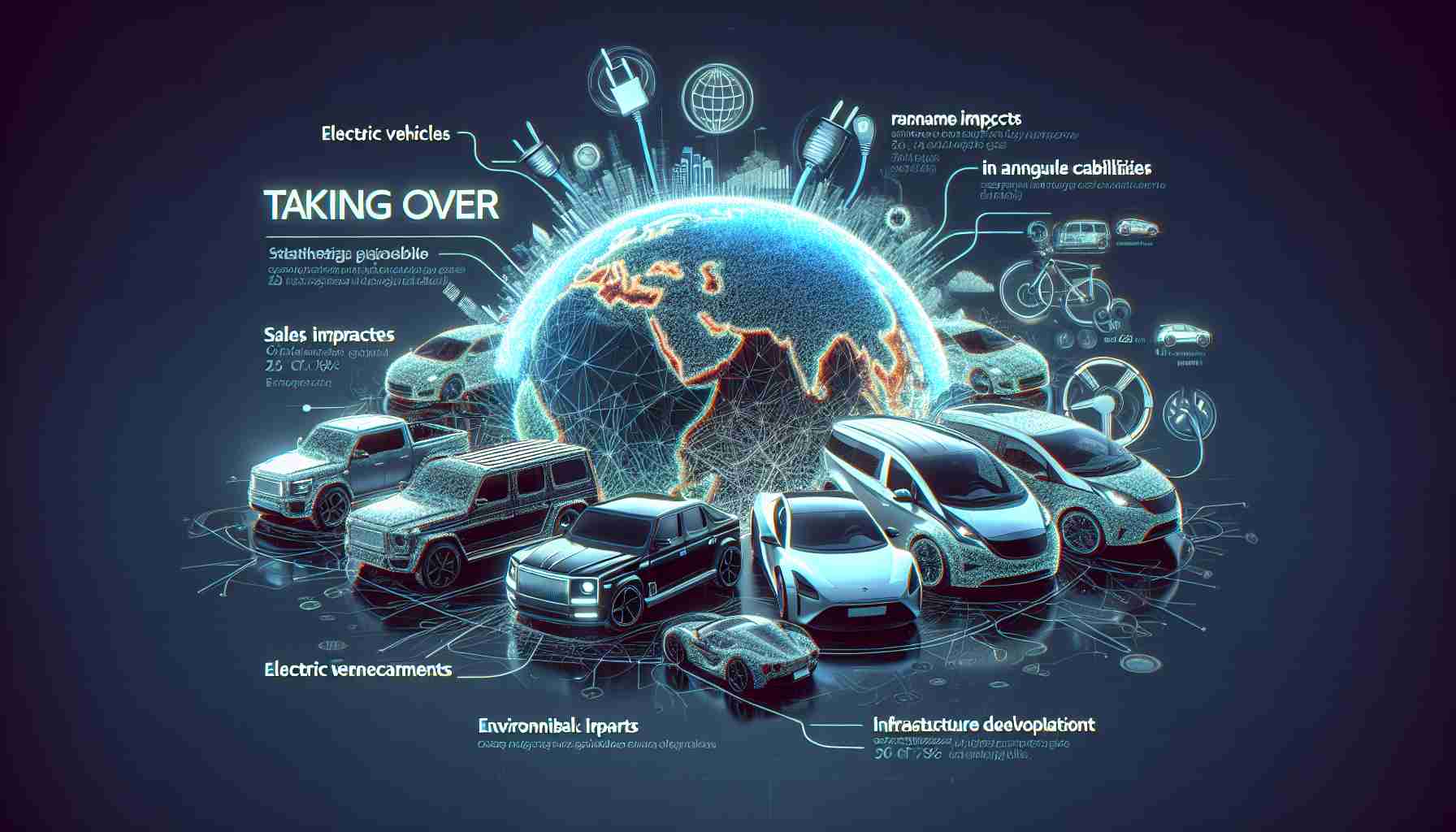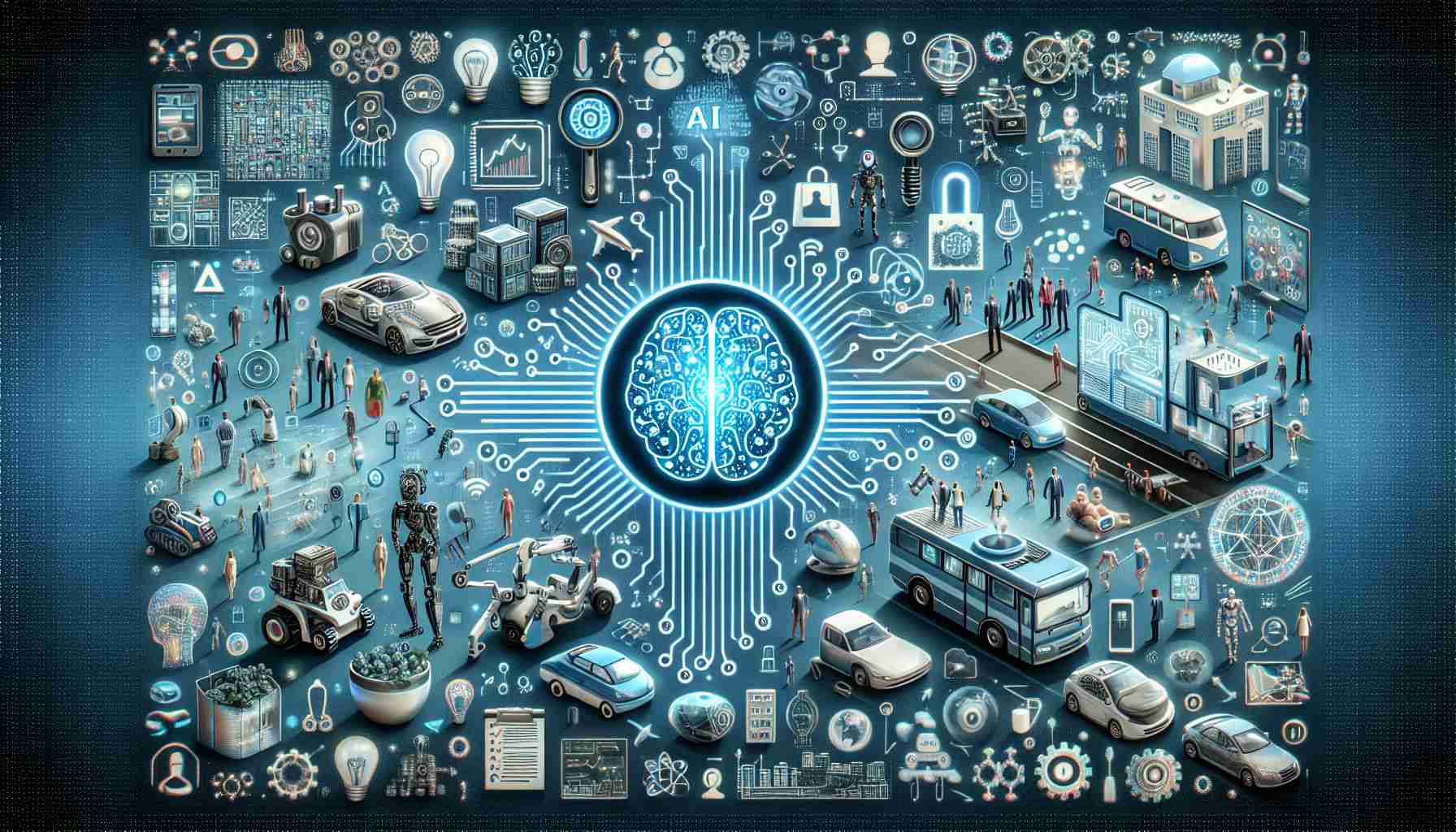- Electric vehicles (EVs) made up approximately 20% of global light-duty vehicle sales in 2024, totaling 17.1 million units.
- Annual EV sales are projected to exceed 60 million by the mid-2030s.
- Government incentives, technological advancements, and affordability are driving the shift towards EVs.
- China is anticipated to have about 75% of its vehicle sales as electric by 2030.
- Next-gen solid-state batteries are set to enhance EV performance with faster charging and extended range.
- The demand for minerals like lithium and copper is expected to surge significantly, indicating a growing supply chain focus.
The era of electric vehicles (EVs) has arrived, and it’s changing the landscape of transportation at lightning speed! In 2024, the market witnessed a staggering 17.1 million battery and plug-in hybrid sales, capturing around 20% of global light-duty vehicle sales. This is just the beginning! With projections indicating an astonishing growth to over 60 million annual EV sales by the mid-2030s, the future appears electrifying.
What fuels this booming trend? A potent mix of government incentives, advancing technology, and a shift towards affordable options. China leads the charge, set to have nearly 75% of its vehicle sales being electric by 2030. In other major regions like the U.S. and Europe, automakers are racing to electrify their lineups, with manufacturers like Ford and Kia planning to launch BEV models under $35,000—a game-changer for mass adoption.
But it’s not just the vehicles that are evolving; the technology behind them is too. Next-gen solid-state batteries promise quicker charging and longer ranges, addressing consumer concerns head-on. Meanwhile, the demand for essential minerals like lithium and copper is expected to skyrocket, potentially increasing 9x and 8x, respectively, between now and 2035.
In summary, the surge in EVs is not just a trend; it’s a transformative movement that combines sustainability with opportunities across the supply chain. The takeaway? Gear up for an electrifying future where your next car might just be a powerful, eco-friendly EV!
Revving Up: The Electric Vehicle Revolution is Just Getting Started!
The era of electric vehicles (EVs) has indeed arrived, reflecting a monumental shift in the transportation industry. This growth is driven not only by consumer demand and government incentives but also by a wave of innovative technologies reshaping the electric vehicle landscape.
In 2024, the surge in battery electric vehicles (BEVs) and plug-in hybrids is projected to reach 17.1 million units, constituting around 20% of global light-duty vehicle sales. By mid-2030s, this figure is expected to skyrocket to over 60 million annual sales. Such growth signifies that the EV market is on a path to becoming a mainstay in global transportation.
Key Trends and Innovations
1. Solid-State Batteries: The next-generation battery technology, solid-state batteries, are set to revolutionize the EV market with quicker charging times and longer ranges. This innovation addresses significant consumer concerns about EV usability, creating a potential shift in market adoption.
2. Increased Demand for Minerals: The rush to produce EVs is causing a surge in the need for essential minerals. Predictions indicate that the demand for lithium could increase nearly 9 times, while copper demand may rise by around 8 times by 2035. This demand will not only impact pricing but also create a competitive landscape in the minerals market.
3. Affordable Options: Manufacturers like Ford and Kia are launching BEV models targeted at lower price points (under $35,000), which is a crucial factor for mass adoption. As the market progresses, affordability will play a pivotal role in who drives electric vehicles.
4. Government Policies: Supportive government policies around the world are incentivizing consumers to make the switch to electric. This includes tax credits and subsidies for EV purchases, encouraging a wider demographic to consider electric vehicles over traditional combustion engines.
Most Important Questions
1. What are the environmental implications of increased EV production?
The production of electric vehicles significantly reduces greenhouse gas emissions compared to traditional vehicles, especially as renewable energy sources become more prevalent. However, the sourcing of minerals like lithium and cobalt raises sustainability concerns, necessitating ethical mining practices.
2. How will infrastructure evolve to support EV growth?
As EV sales rise, the necessary infrastructure, including charging stations, will need to expand. Investments in fast-charging networks and home charging solutions are essential to accommodate the increasing number of electric vehicles on the road.
3. What challenges do EV manufacturers face moving forward?
Challenges include supply chain issues related to securing raw materials, competition in pricing against traditional gasoline vehicles, and public perception regarding range anxiety. Addressing these issues is crucial for maintaining momentum in the EV market.
Conclusion
The electric vehicle boom is set to redefine transportation with innovations in battery technology, a tremendous increase in demand for essential minerals, and significant shifts towards affordability and accessibility. As we embrace this electrifying future, all stakeholders—from governments to manufacturers to consumers—must work together to ensure sustainable growth in the EV sector.
For more insights on electric vehicle trends and innovations, check out Energy.gov for the latest developments and research in clean energy and transportation.



















